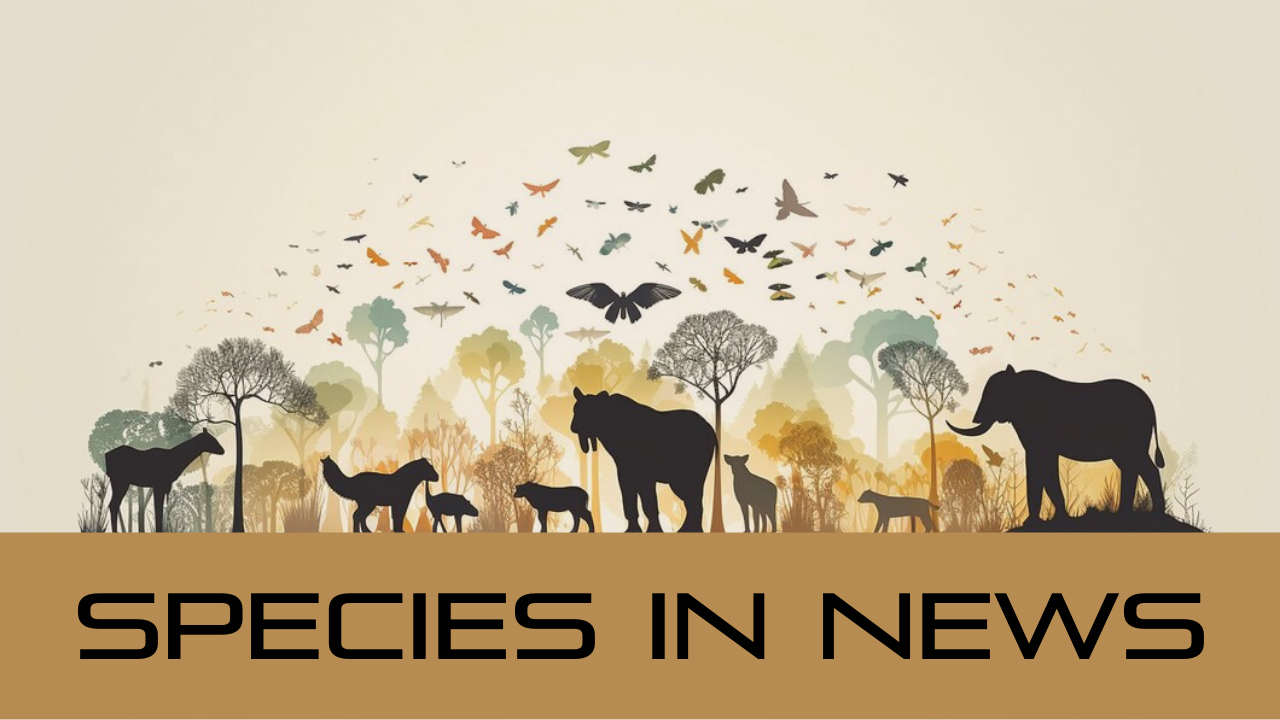H5N1 Avian Influenza Virus Detected in Multiple Bird Species in Antarctica
Context:
A team of virologists from the U.K.’s Animal and Plant Health Agency, in collaboration with the British Antarctic Survey and other institutions, has discovered the presence of the H5N1 avian influenza virus in multiple bird species in Antarctica.

The H5N1 avian influenza virus, first identified in 1959 and again in 1997, primarily infects birds but can also affect mammals, including humans. Historically, outbreaks were controlled through the mass culling of infected animals. However, the virus has recently become more widespread, affecting both wild and domestic birds across the globe. The current pandemic has already led to the deaths of billions of birds, with no signs of the situation improving.
Key Highlights:
- The research team conducted extensive testing on birds in various sub-Antarctic and Antarctic locations over the 2022-23 period.
- They found that the virus had infected a range of bird species, including Antarctic terns, South Georgia shags, and brown skuas.
- Additionally, the virus was detected in several marine mammals, such as the southern elephant seal.
- Genetic analysis revealed that the virus likely spread to the sub-Antarctic region via migratory birds from South America before reaching Antarctica.
- This pathway highlights the interconnectedness of global ecosystems and the potential for pathogens to travel vast distances.
- Researchers have not yet determined the full impact of H5N1 on Antarctic bird populations.
- Tests on king and southern rockhopper penguins were negative, indicating that while the virus has reached Antarctica, it has not affected all species.
Implications:
The team emphasised the importance of understanding how the virus behaves in these new environments to mitigate potential risks to wildlife and, by extension, to human health.




